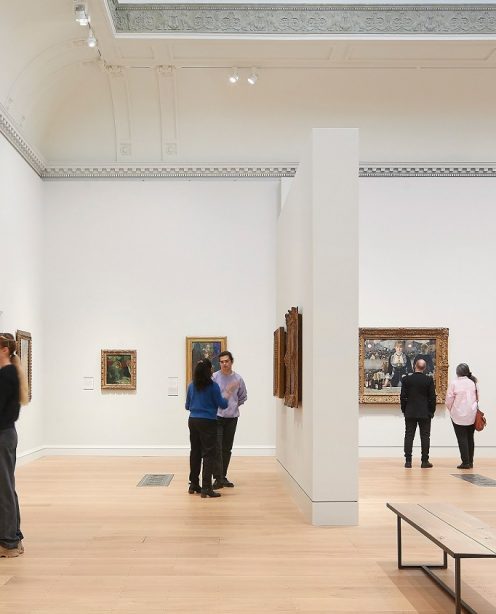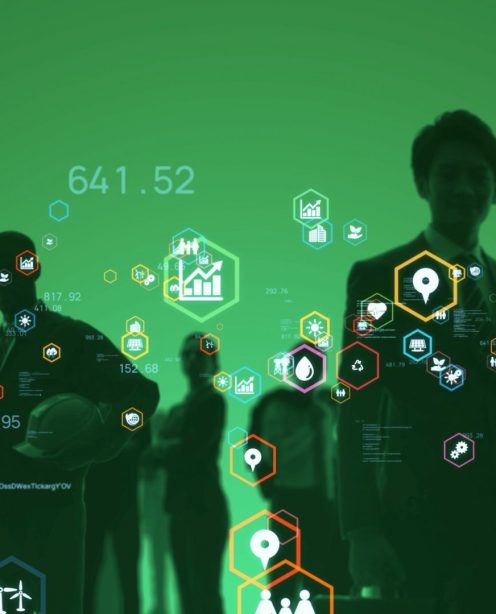Tom defined them as "allowing access to the work of rich, dead, white men" primarily because only a few wealthy people could afford to publish their ideas and because those ideas weren't really worth archiving unless the person was dead. The invention of the internet and the way that this has broken down old models of publishing, allowing a wider range of voices to get their ideas heard is a good thing and that these technologies and the diversity of the voices we now have access to very much changes the role of the library and/or archive.
However, I couldn't help but take a quick look around the room to see how diverse the audience was. And at first glance, it didn't seem to be terribly diverse - certainly not in any obvious terms of ethnicity. There were a lot of women in the room but I couldn't help thinking that if we hope to collect and share a wider range of voices and ideas, then the people doing the archiving and sharing also need to be more diverse.
Rather than a blow by blow account of each talk, I just want to run through what seemed to be some recurring ideas or themes throughout the day. If you want a step by step account, there are a couple of good ones over on the MCG website.
Idea Generation
A key theme that came out of the day was the need to expect and encourage colleagues and friends outside of the digital team to share ideas. Digital tools and channels can be the solution to a problem or challenge that any organisation experiences - it's not always the right solution. But if we don't ask our colleagues what they're challenges are then we can't hope to resolve them.
There was talk of exposing what digital teams are working on to help colleagues understand what work is being done. Sarah Younas talked about fostering ideas and creativity across the organisation to help people contribute ideas for new digital projects. Read Sarah Younas' presentation here.
During her presentation about work on the Explore part of the National Museums Scotland (NMS) website, Elaine MacIntyre ran though some other digital projects that they looked to for inspiration. Read Elaine's presentation.
Audience Research and Engagement
Audience research came up time and time again. This research helped organisations take a slightly different approach to the one they initially planned; this allowed them to serve their audiences better. NMS collated user feedback in order to work out what users wanted to be able to do or find when looking at online collections.
Cambridge Museums talked about how they discovered that teachers find suggested exercises more useful than a complete lesson plan. They also found that many teachers found online resources difficult to use as the wifi in the classroom was either weak or non-existant so something that could be downloaded and/or printed was more useful to them. Read Kate Noble's presentation.
Shelly Bernstein talked about how they plotted the geographic locations of their audiences on a map. This allowed them to work out how representative their audience was of the whole local area. It also allowed them to identify the routes their audiences take to get to the venue and that can help to plan signage to help customers find their way there.
Whether it was an education project finding that teachers don't want a whole lesson plan and need things offline since wifi in classrooms is poor or non-existant or plotting the routes of audiences from their homes to your venue to see what they pass by and the methods of transport that they use, taking the time to talk to people often challenged accepted or received 'wisdom'. In doing so museums were able to take new approaches to their work that better served and/or targeted the needs of their users.
Testing and Feedback
Once a project is underway, there are many different avenues to test as you go - and afterwards - to make sure you haven't misinterpreted something or gone off-piste in some way.
Sometimes you discover new things unintentionally. Rosie Clarke talked about how live chat had helped them identify some smaller user groups with distinct needs. This discovery meant that they were then able to create content that answered those questions or put people directly in touch with others who might be able to help them.
There's (as always) a lot of good stuff in Rosie's talk but one thing that I wanted to pull out was the re-engagement work done on email lists. These days pretty much everyone has an email list but they aren't always joined up with other systems, nor are they necessarily up to date. Have a read of Rosie's presentation to find out how they tackled a tidy up of their mailing list (and so much more).
Shelly Bernstein also told us a little about her plans for a new wearable project at the Barnes Foundation which she has written about on Medium in more detail.
We built a Twitter Moment out of our favourite tweets and points raised on the day. If I'm honest, the last one on there wasn't about or during the conference but it popped up earlier today and felt very relevant. Let us know if you think we've missed anything key!




